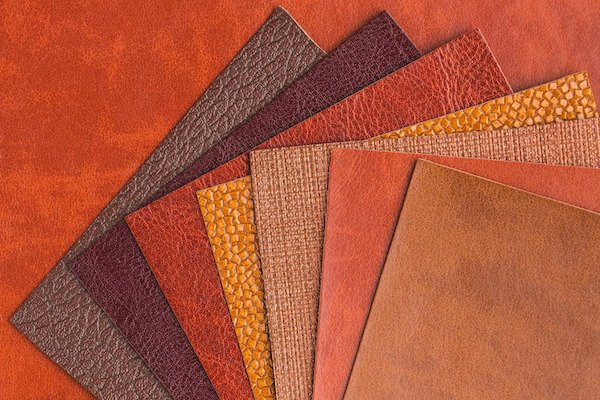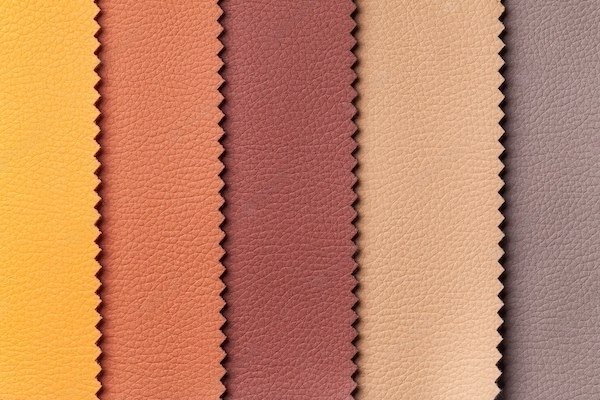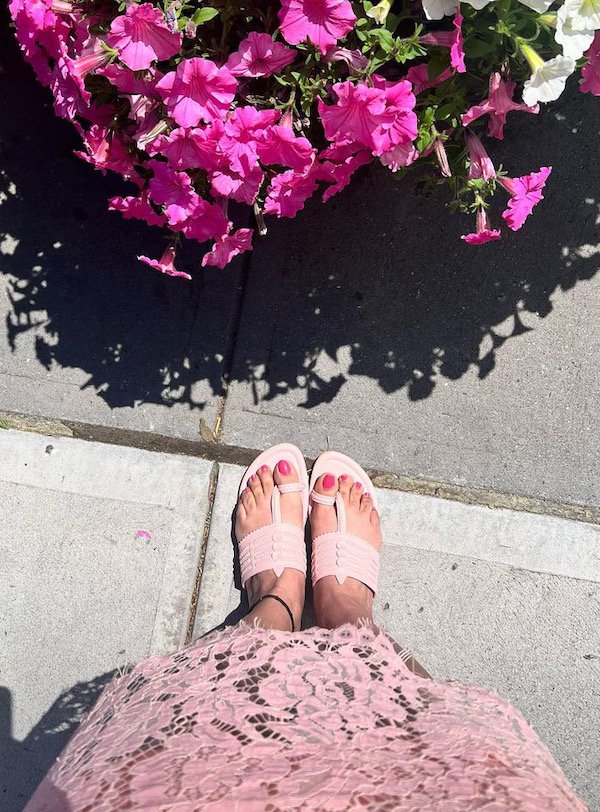
( Image Credit: Source Name / Google Images )
Leather has long been associated with luxury and style, but its production involves ethical and environmental concerns. While leather has long been prized for its luxurious appeal, it's important to recognize the negative impact associated with its production. From ethical concerns regarding animal welfare to significant environmental consequences, the leather industry poses challenges that conscientious consumers should be aware of.
Enter faux leather, a sustainable and animal-friendly alternative that offers the same appeal without drawbacks. Choosing alternatives like faux leather or other sustainable materials allows consumers to prioritize animal welfare and environmental sustainability.
In this comprehensive guide, we will delve into the world of faux leather, exploring its composition, manufacturing process, benefits, and considerations. Whether you're an eco-conscious buyer simply curious about sustainable materials, this blog will provide all the information you need about faux leather.
What is Faux Leather?

( Image Credit: Source Name / Google Images )
Faux leather, also known as synthetic or vegan leather, is a fantastic alternative to genuine leather that allows you to enjoy the stylish look and feel of leather without harming animals. It's like a win-win situation for both fashion enthusiasts and animal lovers!
So, what exactly is faux leather?
It's a cleverly crafted material made from a combination of fabrics and coatings. Instead of using animal hides, faux leather is entirely man-made, using a fabric base typically made of polyester or cotton. This base is coated with synthetic materials like polyvinyl chloride (PVC) or polyurethane (PU) to give it that authentic leather-like appearance.
While faux leather may not possess the exact characteristics or durability of genuine leather, it continues to improve with technological advancements. So, embrace faux leather and enjoy the versatility, fashion-forward appeal, and guilt-free conscience it brings to your wardrobe!
Composition and Manufacturing
Get ready to unravel the secrets behind this animal-friendly and stylish alternative to genuine leather! Faux leather is like a magical fusion of fabrics and coatings. Its composition typically involves a fabric base combined with synthetic materials that mimic real leather's texture, appearance, and feel. Faux leather comes in various types, each with its own unique characteristics. The fabric base is often from polyester or cotton, providing a sturdy foundation for faux leather. Let us break down the process into three parts - look, feel, and authenticity.
Look
A coating is applied to the fabric base to give faux leather its leather-like attributes. Two common types of coatings used are polyvinyl chloride (PVC) and polyurethane (PU).
-
PVC-based faux leather has been around for a while, while PU-based options have gained popularity due to their more eco-friendly nature.
-
These coatings are carefully formulated to provide the desired texture, grain patterns, and suppleness that resemble genuine leather.
Feel
The manufacturing process of faux leather involves skillful techniques to bond the fabric and coating together seamlessly.
-
One method is lamination, where the coating is applied directly to the fabric and bonded using heat and pressure.
-
Another technique involves chemical adhesion, where a specific adhesive is applied between the fabric and coating to create a strong bond.
Authenticity
To enhance the authenticity of faux leather, additional treatments can be applied.
-
Embossing is a common technique used to create texture and mimic the natural grain patterns found in different types of genuine leather. It involves pressing the material with engraved plates or rollers to create impressions that resemble the characteristic texture of real leather.
-
Printing techniques can also be employed to replicate specific designs or patterns, further enhancing the visual appeal of faux leather.
It's worth noting that the manufacturing process of faux leather has evolved, resulting in more advanced and sophisticated methods. Manufacturers are continually researching and experimenting with new technologies to create faux leather that closely imitates the look and feel of genuine leather.
Benefits of switching to faux leather
Here are some of our favorite reasons to switch to faux leather over real ones.
-
One of the great things about faux leather is its affordability. Unlike genuine leather, which can be expensive, faux leather provides a more budget-friendly option, making it accessible to a wider audience.
-
Faux leather offers a consistent texture and color, as it doesn't have the natural variations in real leather.
-
Not only does faux leather offer style and affordability, but it also has the benefit of being cruelty-free. By choosing faux leather, you're making an ethical choice that supports sustainable practices and animal welfare. And you can look fabulous and feel good about your fashion choices simultaneously!
Considerations and Care
When it comes to faux leather, there are a few considerations and care tips that will help you maintain its quality and prolong its lifespan. While durable, faux leather may not have the same longevity as genuine leather. However, with proper care, you can ensure that your faux leather items stay in great shape for a long time.
-
Regular cleaning is key. Simply wipe down your faux leather items with a damp cloth or sponge to remove dust and dirt. For stubborn stains, a mild soap solution can be used. Avoid harsh chemicals or abrasive cleaners, which can damage the fabric and coating.
-
Sunlight and extreme heat can also impact faux leather, causing it to fade or deteriorate. It's best to keep your faux leather items away from direct sunlight and avoid exposing them to excessive heat sources.
-
Acting quickly is important if you accidentally spill something on your faux leather. Blot the spill gently with a clean cloth or paper towel to absorb the liquid. Avoid rubbing, as it can push the liquid further into the fabric and cause staining.
-
To maintain the suppleness and prevent cracking, it's a good idea to occasionally apply a small amount of a specialized faux leather conditioner. This will help keep the material soft and pliable.
-
Remember to store your faux leather items properly. Keep them in a cool, dry place, away from excessive moisture and humidity. It's best to store them in a breathable dust bag or cover to protect them from dust and potential scratches.
Following these simple care tips, you can keep your faux leather items looking their best and ensure longevity. With a little attention and care, your faux leather pieces will continue to be stylish and make you feel great for years!
Kosh-a uses faux leather materials and stands against exploitation of animals in the name of fashion.

As a slow fashion brand, we are committed to producing high-quality faux leather sandals that are ideal for everyday wear or special occasions.
FAQs
Is faux leather good quality?
Faux leather quality can vary. It is often more affordable than real leather, cruelty-free, and can be produced in a variety of colors and textures. Additionally, it is typically easier to clean and maintain compared to genuine leather.
What is faux leather made of?
Faux leather is typically made of synthetic materials like polyurethane (PU) or polyvinyl chloride (PVC).
Is faux leather real leather?
No, faux leather is not real leather. It is a synthetic material designed to mimic the look and feel of genuine leather.


 Jul 12, 2023
Jul 12, 2023
 Jul 05, 2023
Jul 05, 2023
